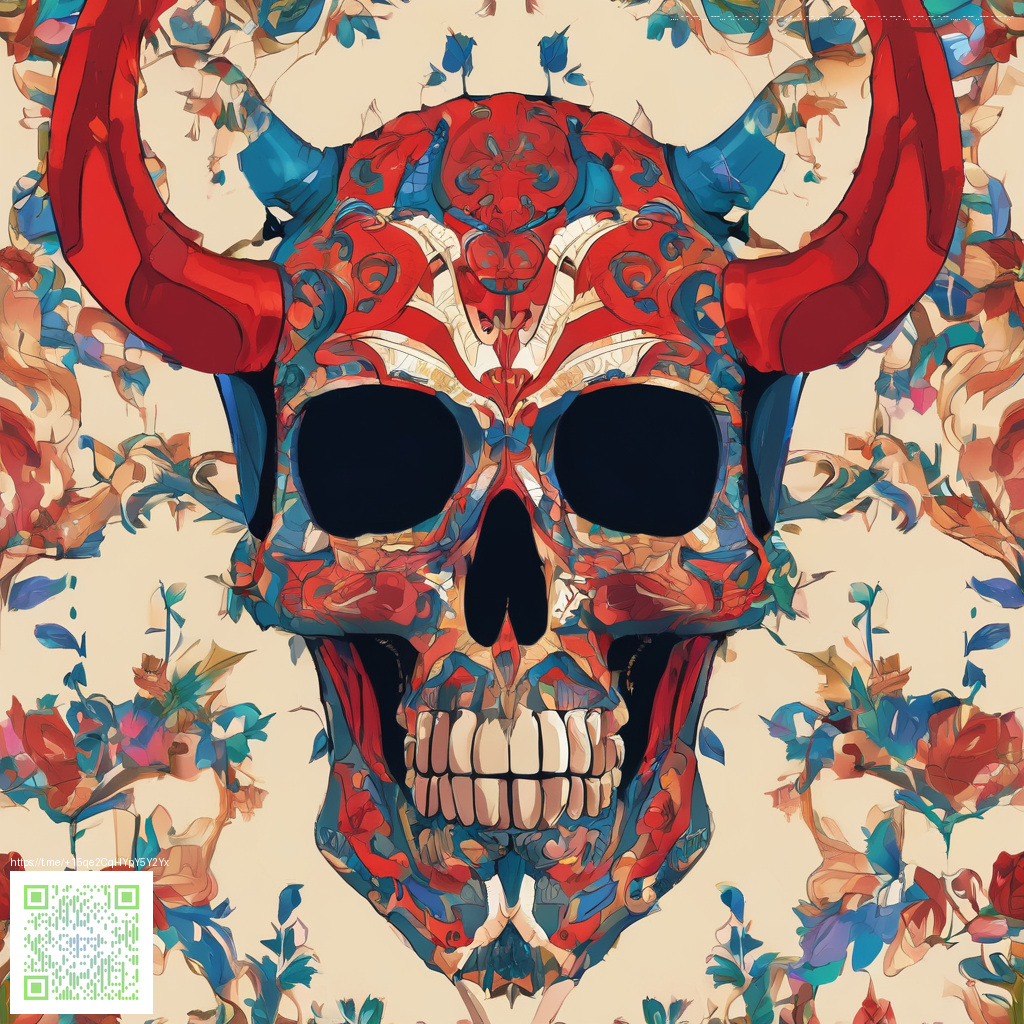
100-Hour Reflections on a Delay-Driven Universe
Jumping into a long-haul RPG shooter like this one is always a test of patience and appetite for eccentric humor. After a hundred hours, the world reveals itself as more than a string of witty dialogue and stylish gunfights. It becomes a study in how a linear-ish sandbox can still feel expansive when the pacing, pacing rewards, and companion banter align with your chosen playstyle. The core loop remains satisfying: pick a skill path, tailor your weapon and gear, and chase a story that bends to your choices with a sly wink to classic space opera tropes 💠.
On a technical level the pacing shines in mid to late game missions. Early hours lean into exploration and character introduction, while hour 100 shows the weight of the world’s decisions echoing through late quests. The balance between gunplay and dialogue remains a highlight, with gunfights delivering crisp feedback and skill checks that reward exploration and world-building. If you love a system where your choices genuinely alter NPC reactions and quest outcomes, the durability of those decisions becomes apparent only after you’ve lived with them for a while. 🌑
Gameplay loops that keep you coming back
The strongest part of the experience after more than a dozen playthroughs is the way it plays with player agency. You can stack stealth, charisma, or technocrat builds, and the game’s skill trees feel tightly knit to your approach rather than being a generic upgrade path. Looting, companion synergy, and environmental storytelling weave together so your decisions feel earned, not handed. The gunplay remains satisfying, with a weighty recoil model and satisfying sound design that makes even humble sidearms feel impactful in the right moment. This is where you’ll notice that a hundred hours is not about grinding for XP but about refining a personal approach to the world’s hazards and humor.
Worlds, pacing, and the DLC arc
Two major post-launch expansions broaden the horizon beyond the base worlds. The Peril on Gorgon expansion, released in September 2020, expands habitats, introduces new enemies, and offers fresh narrative threads that feed into the late game. The Murder on Eridanos DLC followed in March 2021, bringing a different tonal flavor and a new mystery to solve. Taken together, these add-ons push the game into a rhythm where new content re-energizes familiar systems rather than merely padding the clock. For the 100-hour veteran, they are a reminder that the sandbox can still surprise when new narrative hooks and location variety arrive at the right moment.
Community members often point to the game’s worldbuilding as a lasting strength. The corporate-paranoia setting—paired with witty dialogue and flavorful side quests—persists as a compelling backdrop for character-driven arcs. After a long period with the game, you start to notice how much the environment rewards careful observation, from nonverbal cues in NPCs to subtle environmental storytelling that rewards attentive players. It’s a design philosophy that thrives on the idea that the universe is bigger than the sum of its quests, and that quiet details matter as much as the bigger choices you make on the main path. 👁️
Modding culture and community voices
The PC community has sustained a lively modding scene that complements the game’s polished core. Mods range from quality-of-life tweaks that smooth out early bugs to more ambitious changes that redraw balance or enhance texture fidelity. The culture around these mods is collaborative and vibrant, with players sharing loadouts, screenshots, and notes about how different builds feel in late-game encounters. Console players often share stories about how the base game’s systems translate to a different experience, while PC players trade tips on optimizing performance and maximizing dialogue outcomes. This ecosystem matters because it demonstrates how a strong core design invites external creativity rather than stifling it. 💠
Updates from the developers and direct commentary
Obsidian's commitment to the title’s longevity is evident in how updates and DLCs were scheduled and received. The patches and expansions not only expanded content but also refined balance and improved quality-of-life features. The design philosophy behind new content, especially in the DLCs, leans into meaningful choices and consequences that ripple through subsequent missions. Players often look to developer commentary for insight into why certain factions and questlines were chosen, and those conversations help frame decisions as deliberate storytelling tools rather than arbitrary hooks. This transparency—paired with a steady cadence of new content—has kept the discourse around the game lively long after its initial release.
For anyone plotting a second or third run, the hundred-hour mark serves as a reminder that mastery in this universe comes from marrying your preferred combat style with your conversational approach to key characters. If you like to push stealth or go full charismatic diplomat, you’ll find the system forgiving enough to let you experiment without feeling like you’ve wasted time. And if you relish a thorough, lore-rich experience with a sense of humor, you’ll likely stay engaged long enough to uncover all the little threads that weave through every major decision. 🌑
Want to support the idea of a decentralized internet while exploring this universe’s far-off orbital lanes? Your continued generosity helps creators and communities push back against centralized gatekeeping. Consider a micro-donation to help sustain independent projects and open knowledge sharing.
Support Decentralized Internet